Prospective students
Four similar cultural activities between Fukuoka and Singapore
As a Singaporean who had never set foot in southwestern Japan before, I had no idea what to expect about Fukuoka before starting my exchange with Kyushu University. After spending a few weeks here, however, I was pleasantly surprised to discover many similar cultural activities between Fukuoka and my home country, Singapore! These bring back memories of home, easing my homesickness whenever I get the opportunity to participate in them. Without further ado, here are four cultural activities in Fukuoka that you’ll also find in Singapore:
1. Cultural Parades and Street Festivals
Fukuoka: Hakata Dontaku Parade
Held annually during Japan’s Golden Week, the Dontaku Parade showcases the vibrant diversity that defines the traditions and culture of Fukuoka. People from all walks of life take to the streets of Hakata, showcasing an impressive array of attire ranging from traditional garments to colourful costumes. Interestingly, past events have been said to feature special appearances by popular characters like Mickey Mouse! The parade is a lively and inclusive occasion where locals and visitors alike come together to celebrate Fukuoka’s unique heritage.
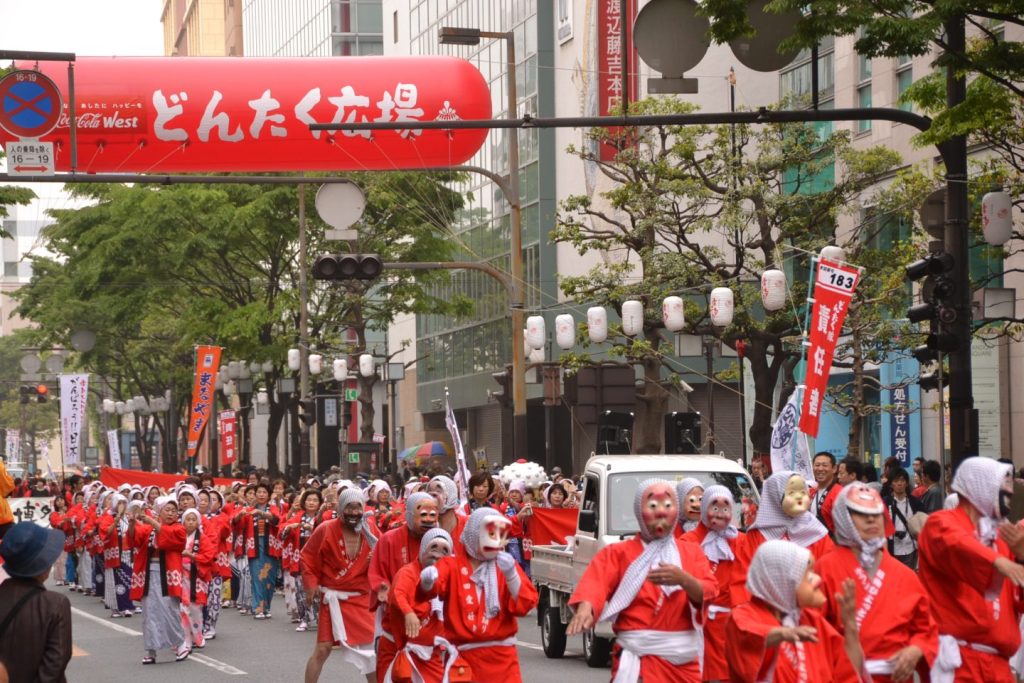
Singapore: Chingay Parade
Originally held to celebrate Chinese New Year, the Chingay Parade is now a grand spectacle that takes place on the streets of Singapore, displaying her multi-racial and dynamic identity. Performers from Singapore’s myriad ethnic groups express their creativity and talent through captivating dances and elaborate costumes, representing the unity that underpins Singapore’s multicultural society.
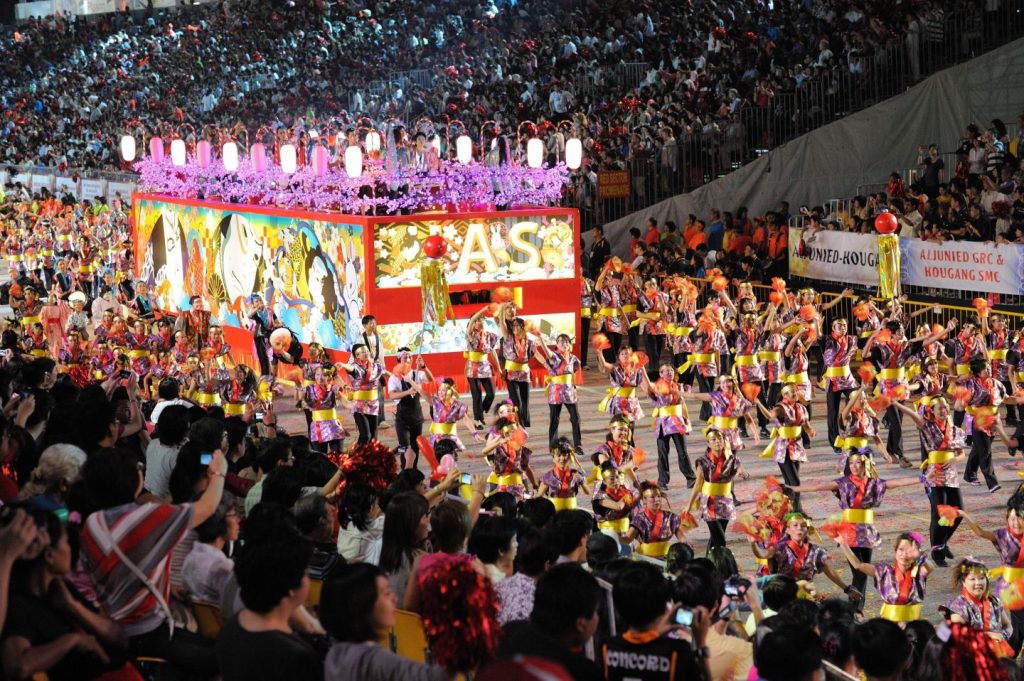
2. Sharing a late-night meal together
Fukuoka: Yatai Food Stalls
Translated as “food stalls” or “street stalls”, Yatai stalls serve tasty, affordable street food during the evenings till the wee hours of the morning. Local specialties such as Hakata Ramen and Yakiramen are popular offerings. Yatai stalls are also known for their lively, intimate atmosphere – after all, it’s hard to keep to yourself when you’re seated shoulder-to-shoulder in a tiny shop!
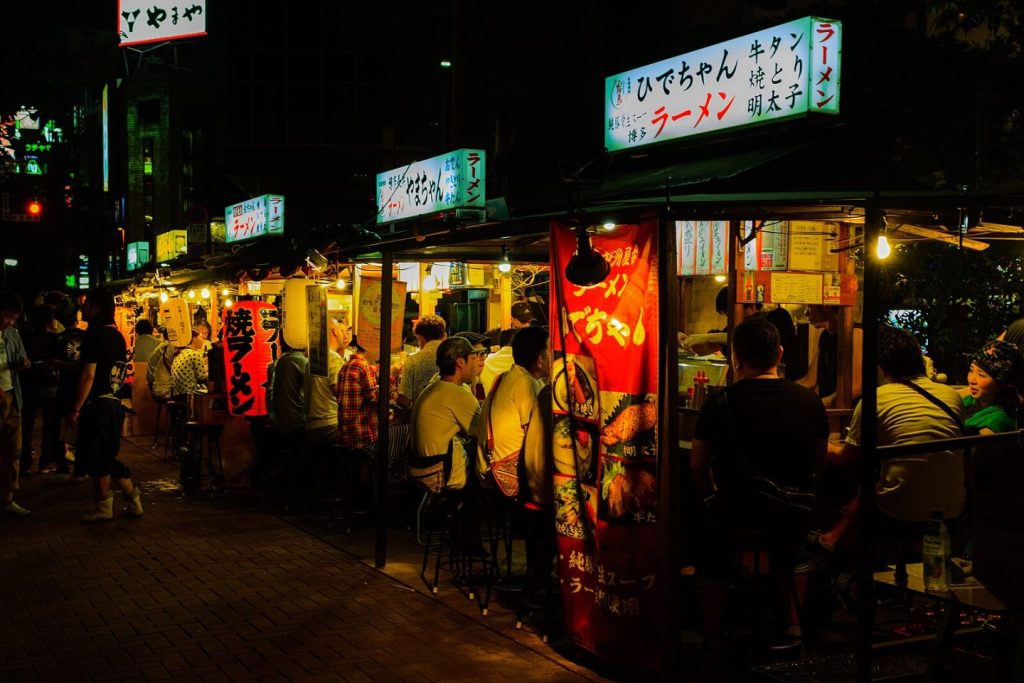
Singapore: Supper culture
Bonding over good food is an inseparable part of Singaporean culture. After work, friends and family often get together to ‘makan’ (Malay for ‘eat’), drink, and be merry till well past midnight. Be it wallet-friendly hawker centres or extravagant mala xiangguo (spicy Chinese hotpot) restaurants, there are options to suit every taste and budget. A diversity of cuisines is enjoyed, ranging from hearty Indian flatbreads like roti prata to savoury Chinese dimsum. Regardless of the food chosen, though, you can be sure of a good time with your companions!
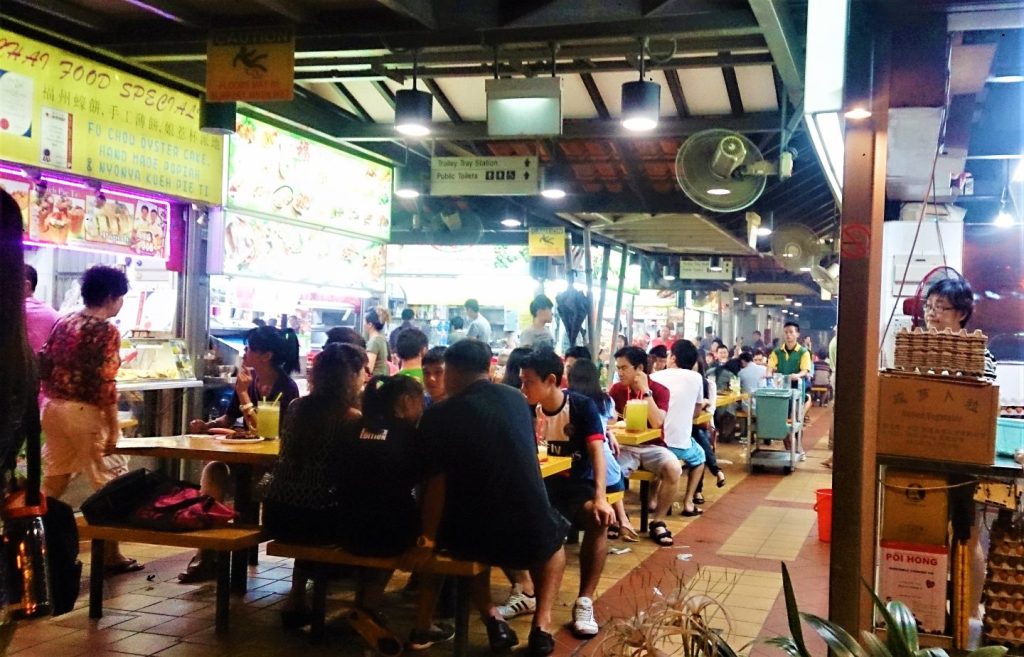
3. Exploring the city by traditional rivercraft
Fukuoka: Yanagawa Canal Boat Tours
Located on the outskirts of Fukuoka, the quaint town of Yanagawa boasts an extensive network of canals, earning it the title of “the Venice of Kyushu”. Visitors have the opportunity to take in the sights and sounds of this picturesque locale by means of a guided boat tour. During these tours, skilled boatmen demonstrate their technique of “kawakudari” – Japanese for river rafting – by navigating the narrow canals using long poles. I personally think that this mode of travel offers a far more interesting (and romantic!) perspective compared to travelling on foot.
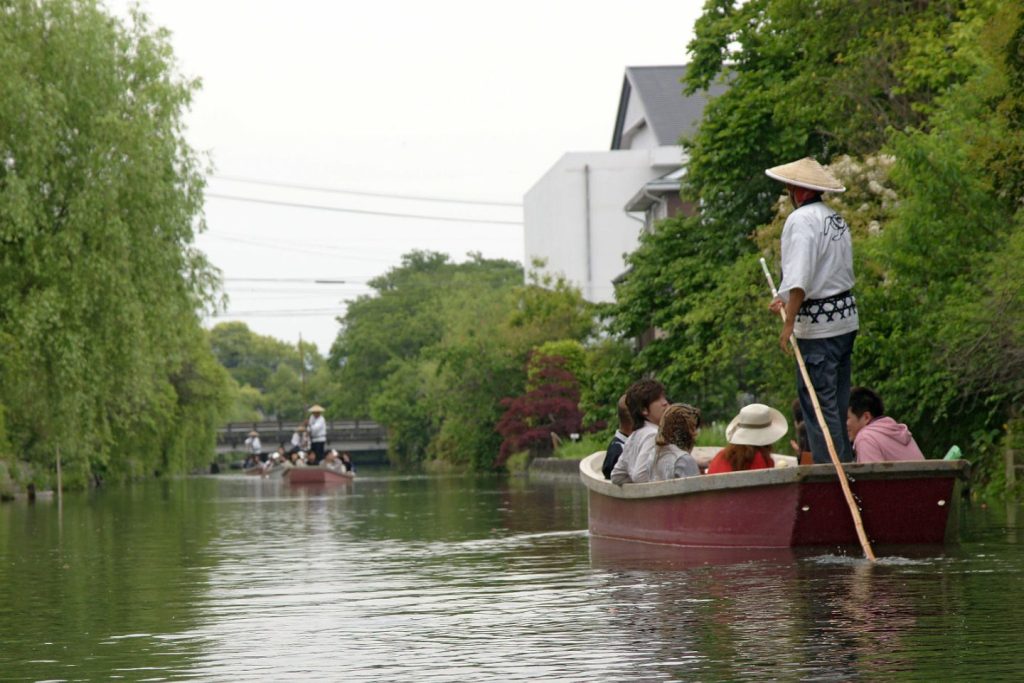
Singapore: River Bumboat Cruises
Wooden bumboats, also known as tongkang (or “seagoing barge”) were traditionally used as a means of transporting goods via Singapore’s main rivers, which was no small role given Singapore’s economic dependence on trade and commerce. Singapore’s River Bumboat cruises offer an experience of Singapore’s past before the modernization of the country’s transportation system. These tours cover scenic riverine areas such as Marina Bay and Collyer Quay, allowing tourists to appreciate culturally-significant and iconic locales from a uniquely authentic perspective.
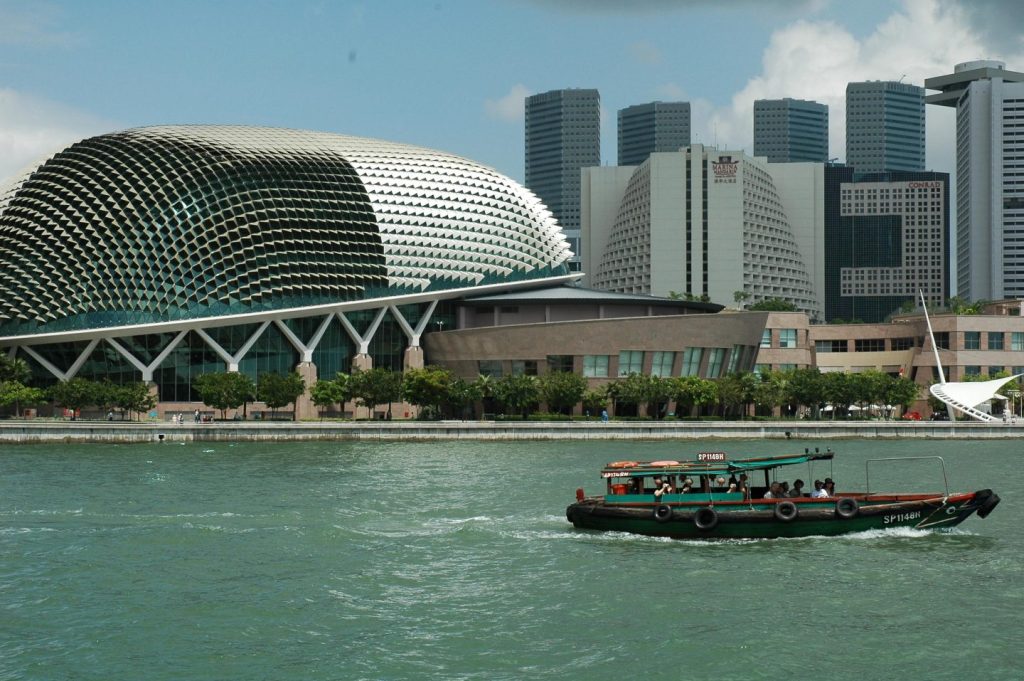
4. (Bonus) Karaoke!
Both Fukuoka and Singapore share a strong passion for karaoke. A pastime widely enjoyed in both cities, the freedom of expression afforded by singing unabashedly amongst one’s loved ones offers a unique, stress-busting experience few others can match. Family-friendly karaoke establishments are found in abundance, offering a wide selection of songs that appeal to different generations. Popular Karaoke establishments like Big Echo in Fukuoka and Teo Heng in Singapore allow friends and family to create cherished memories through music.
Despite being worlds apart, Fukuoka and Singapore share much more in common than you might think. Who knows, maybe I’ve inspired you to consider visiting Singapore after your time in Fukuoka.
About the Writer
I’m Daniel Toh, a third-year exchange student from the School of Humanities, Nanyang Technological University, Singapore. When I’m not puzzling over how to apply literary theory in a design context, I’m thinking up the next big day out around Fukuoka (though I’ve only gotten round to following through with half of them). Join me as I learn more about this wonderful part of Japan!